Using Iterative Design Projects to Develop Creative Problem Solving
Brainstorms become ideas, ideas become prototypes, prototypes become failures, and failures become lessons that drive success.
Every student at TEA experiences regular push-in STEAM instruction and support as part of their expedition project and product work. At its heart, this program is intended to expose students to both tinkering (experimental efforts to discover solutions) as well as organized and sequential problem-solving strategies. The content, materials, and tools vary appropriately with grade level, but all students engage in a similar process of iterative design: statement of the problem, identification of criteria and constraints, brainstorming and ideation, solution selection, prototyping, critique and reflection, and process repetition. For many students, this represents a daunting task. They put a lot of effort into each of the design stages, and it can be a challenging experience for this work to result in a redesign. We encourage students to find value in the process, using regular feedback and reflection to engage in personal growth. It requires perseverance to stay with the task and to have a willingness to start again with a fresh focus.
In the below photos, our 7th-grade students had been working on a STEAM project that utilized an iterative design process to develop a functional wind turbine. First, students learned about electromagnetic induction by exploring coiled wire and magnets. Although they were presented with the conceptual information, they were unable to successfully generate any current in application. Then, they moved on to commercially produced electric motors. These motors allowed for a small generation of current, but still required huge physical effort in turning the shaft. By the time they started starting brainstorming and designing their initial turbine prototypes, they had already experienced a series of application failures. This process, however, led them to early optimization in their first turbine prototype designs. Building upon some initial success, they were better equipped for next round of challenges as final design materials failed and brought them back to the brainstorming phase.
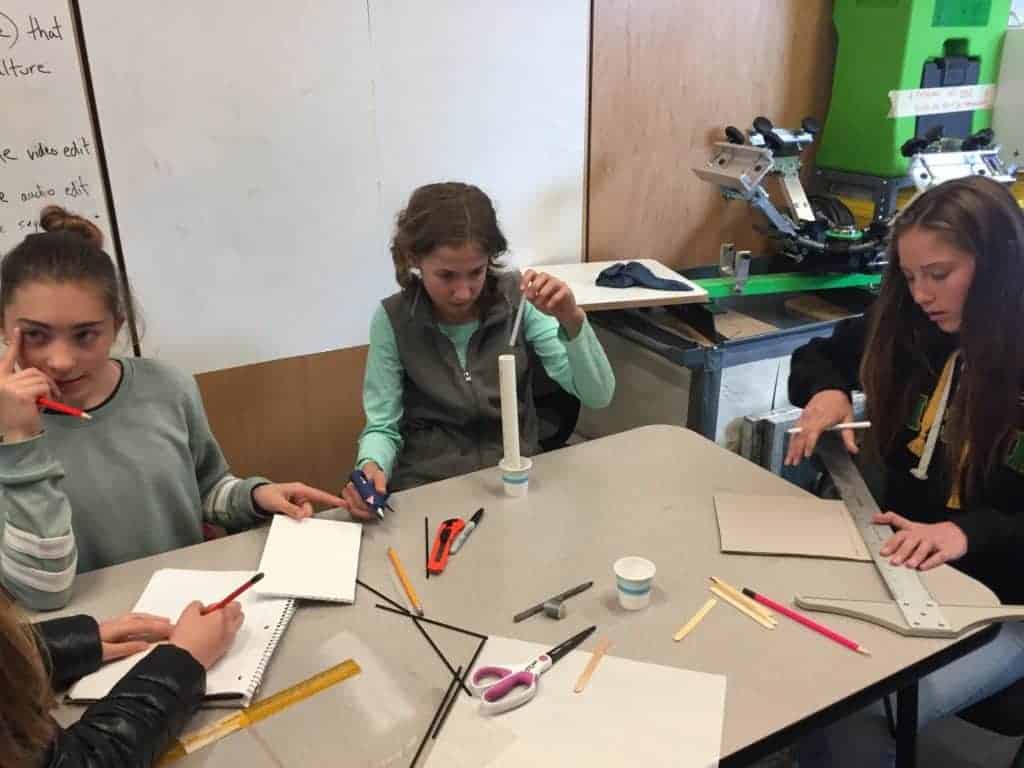
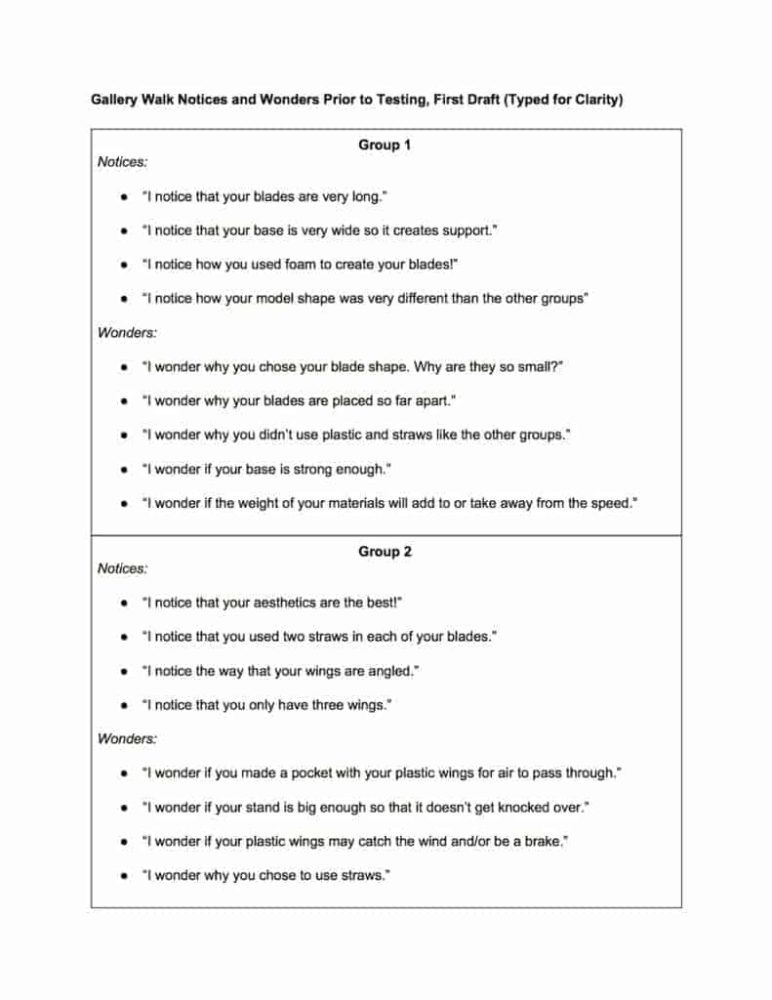
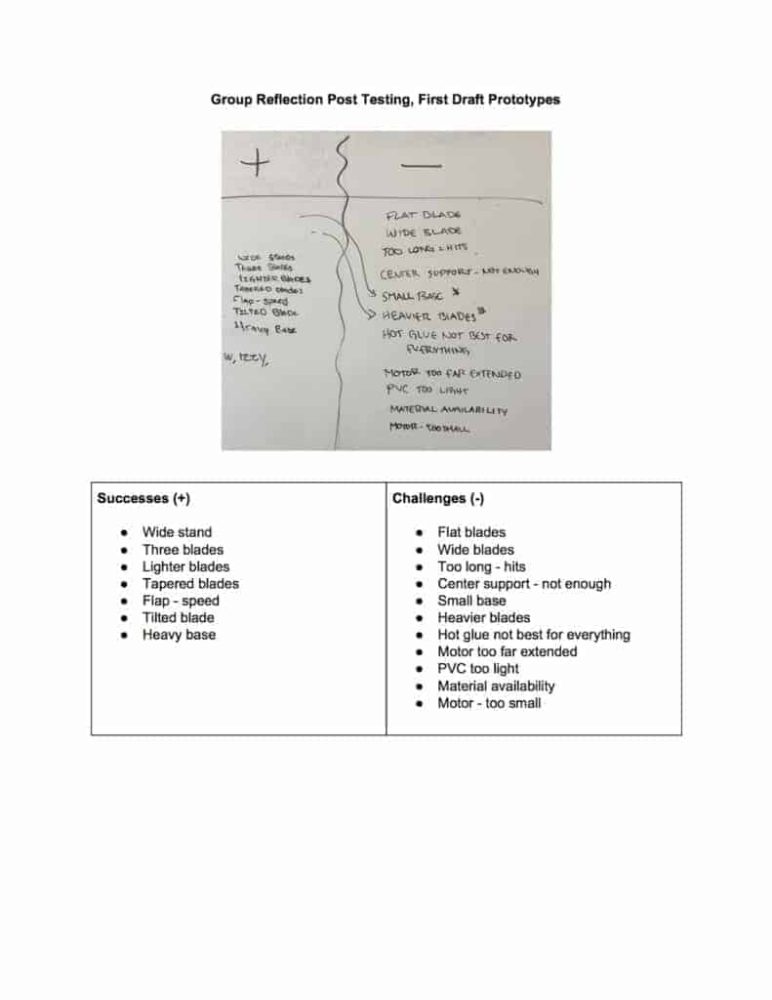
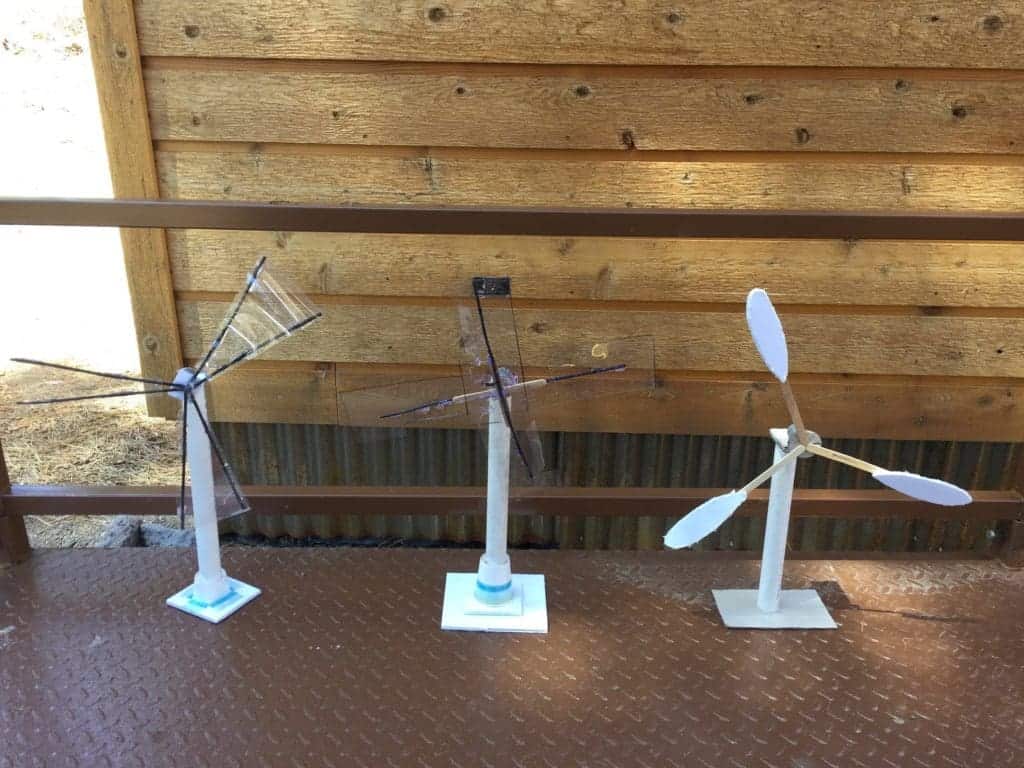
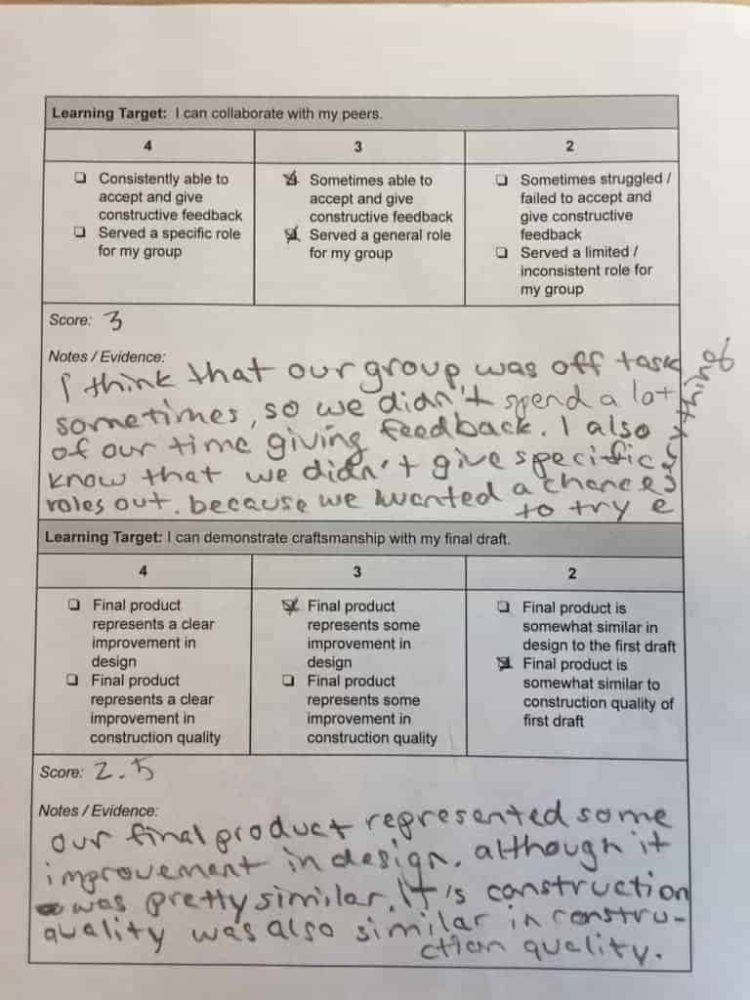
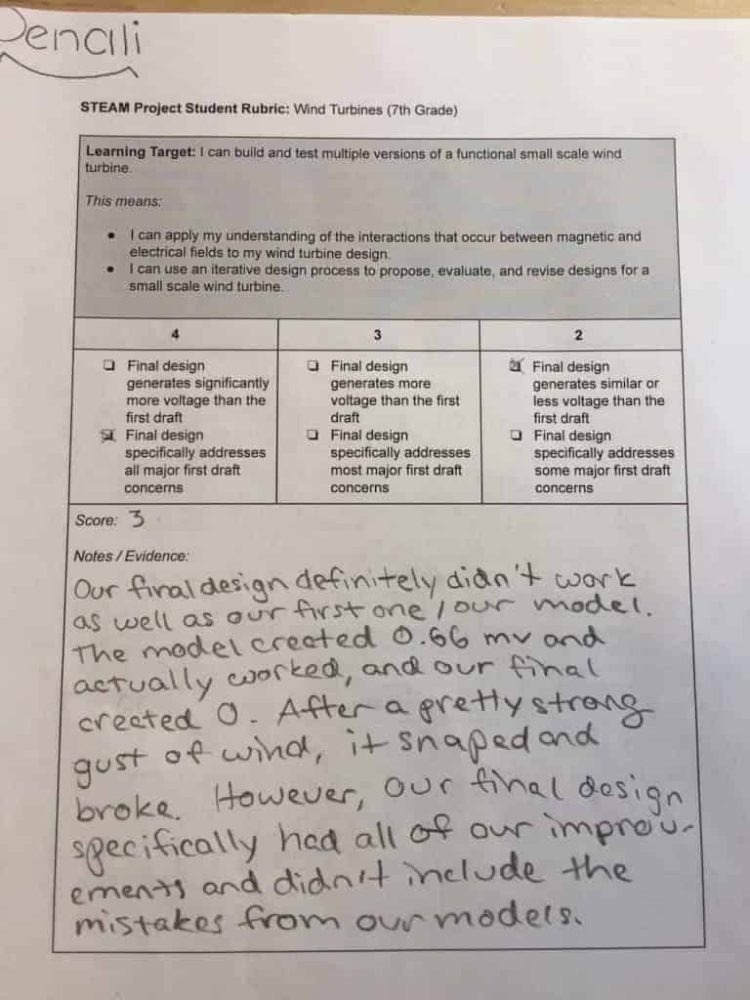
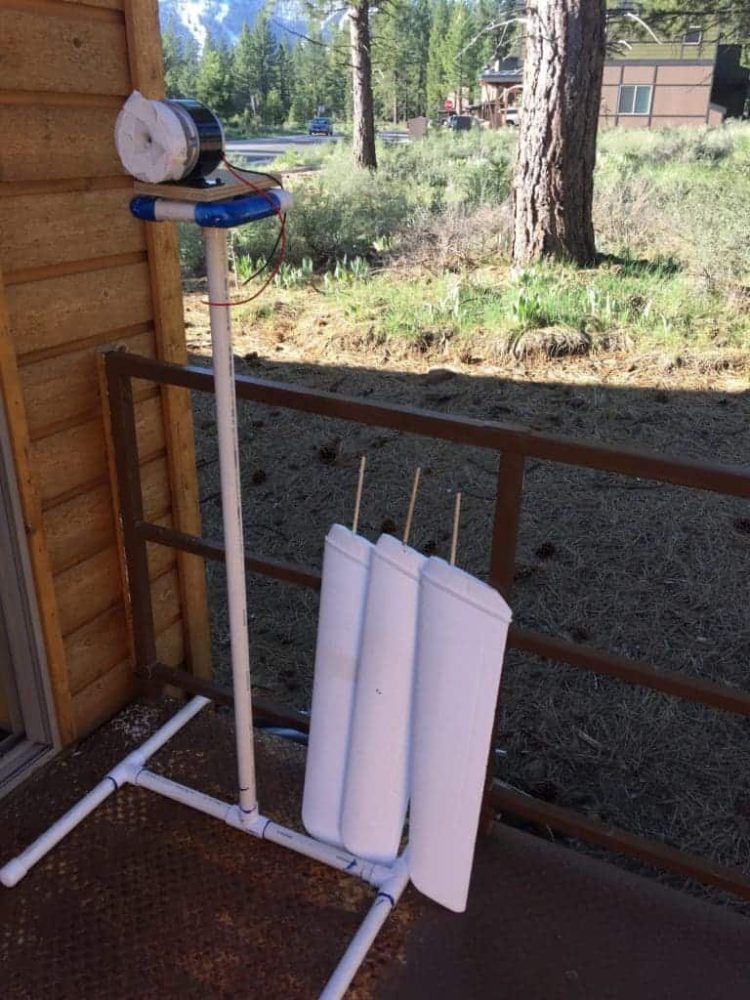
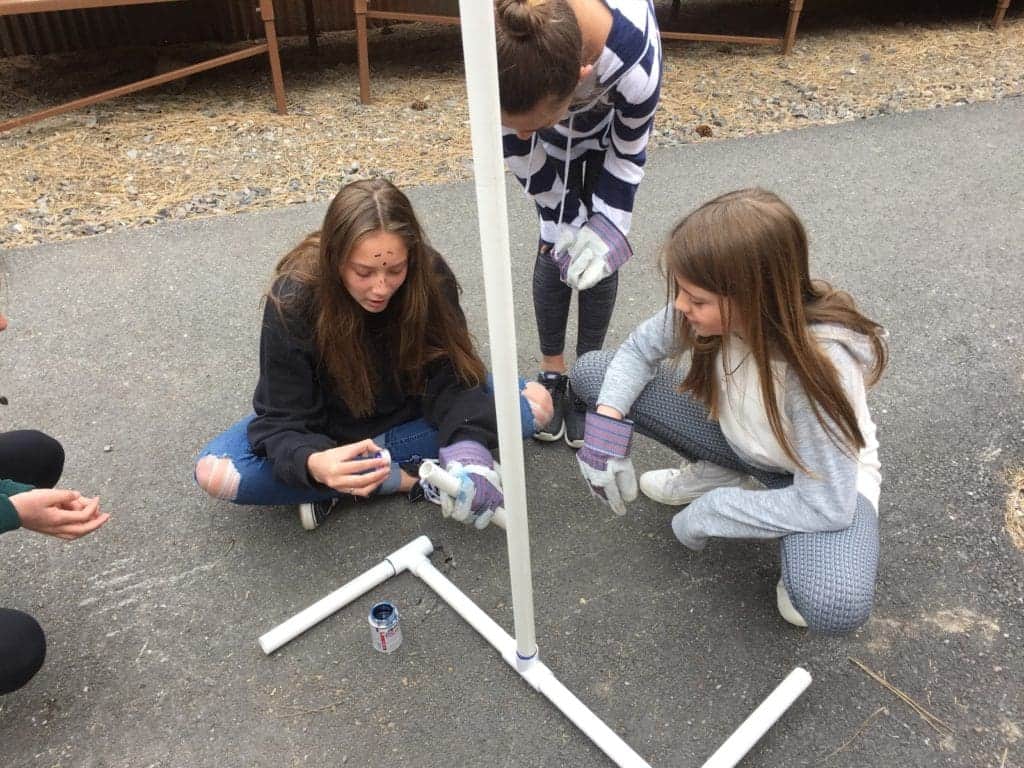
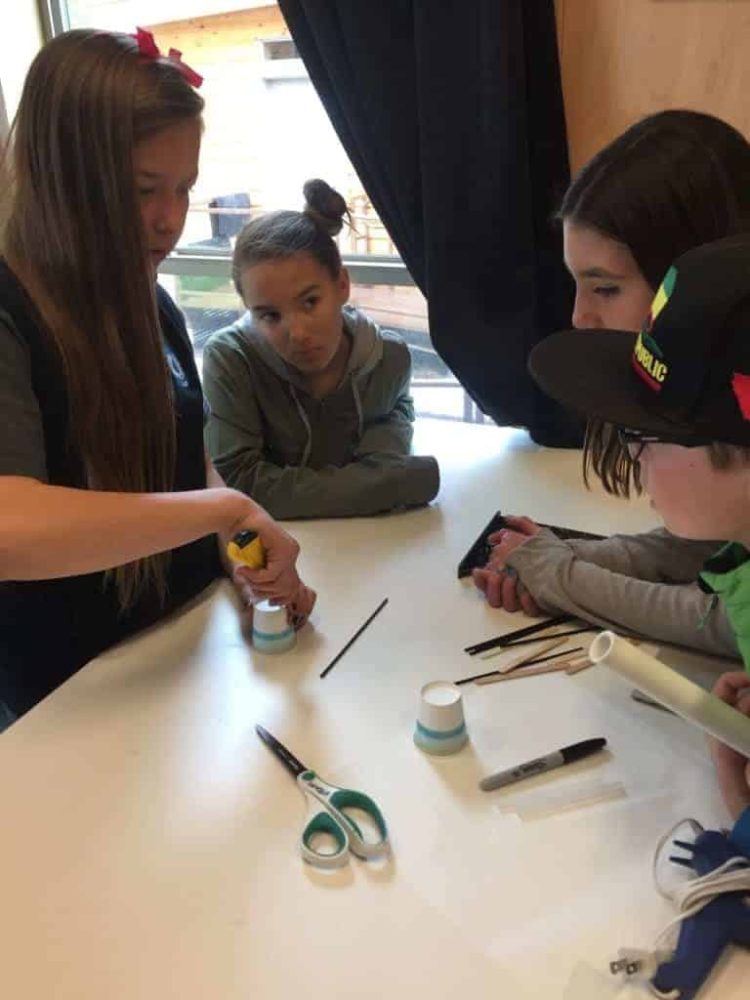
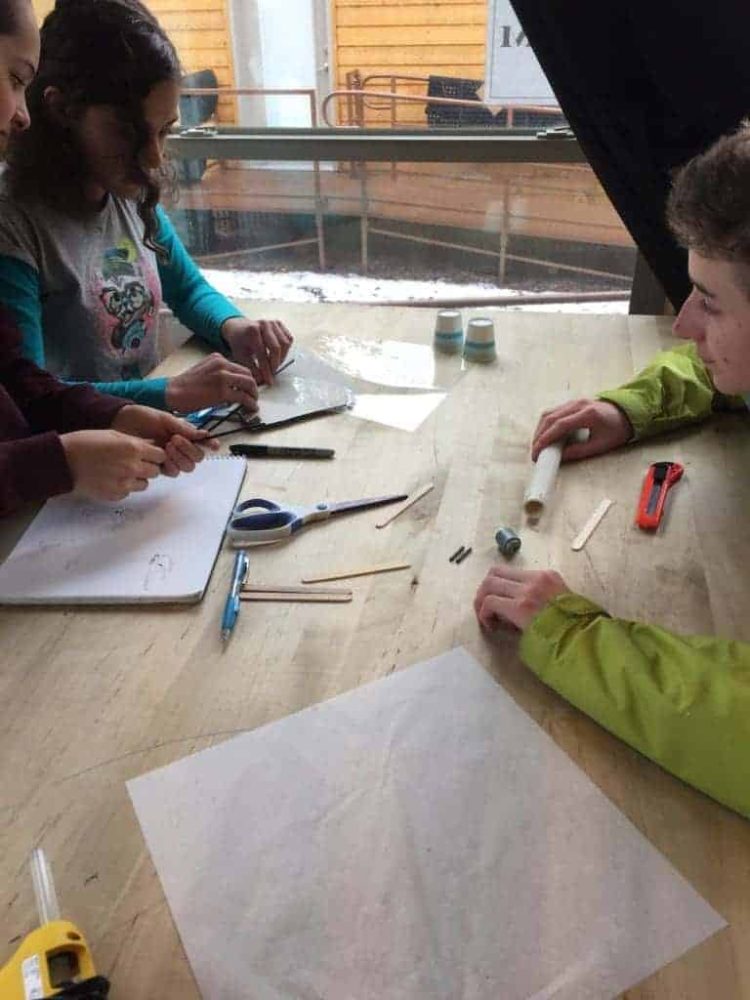
Student Work Gallery